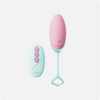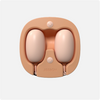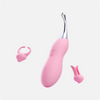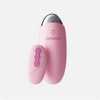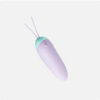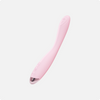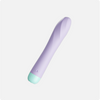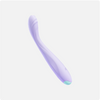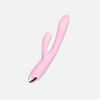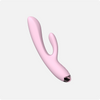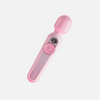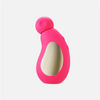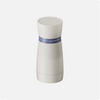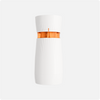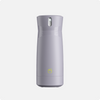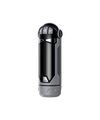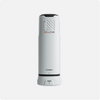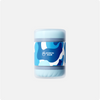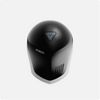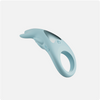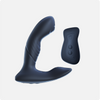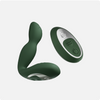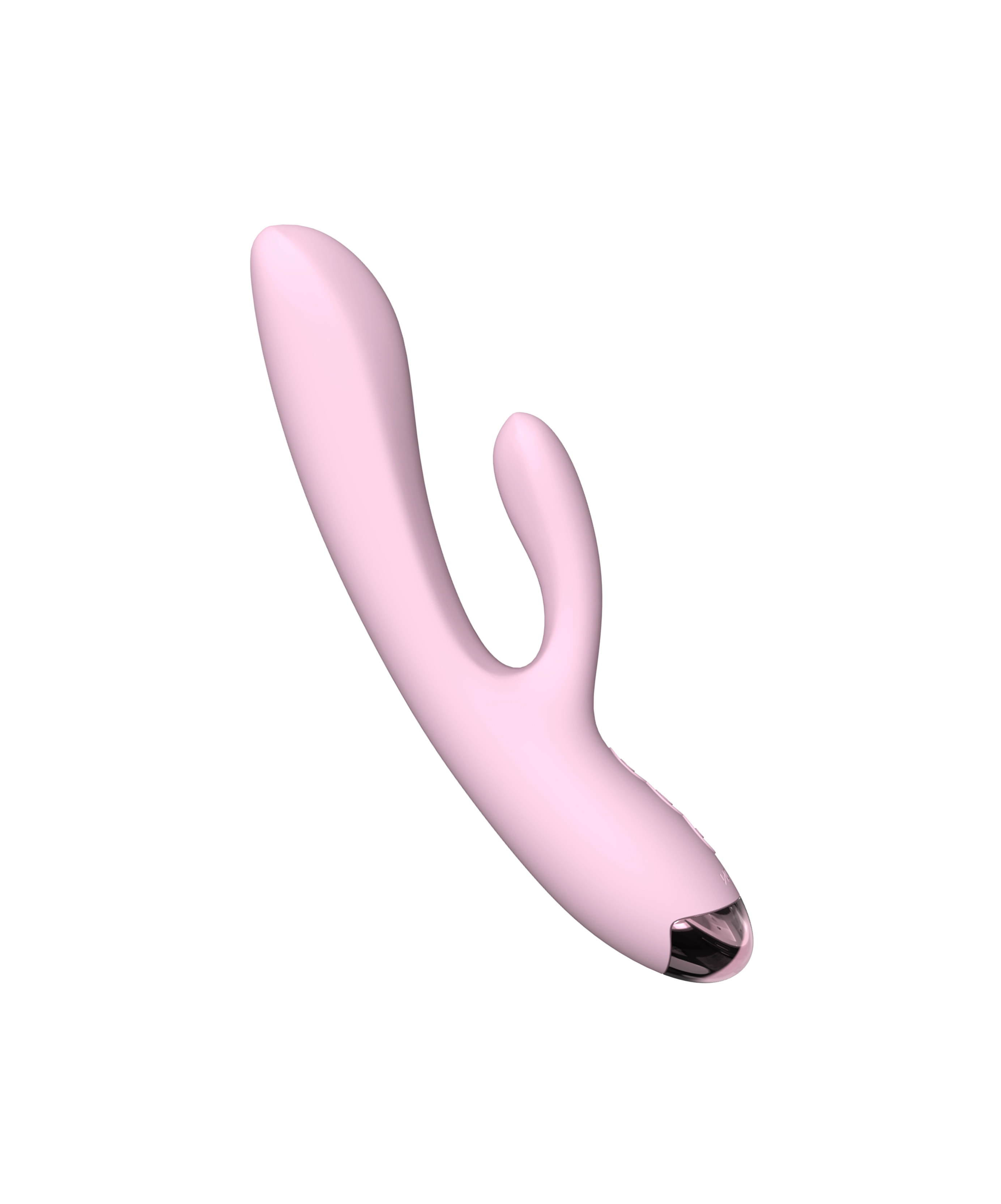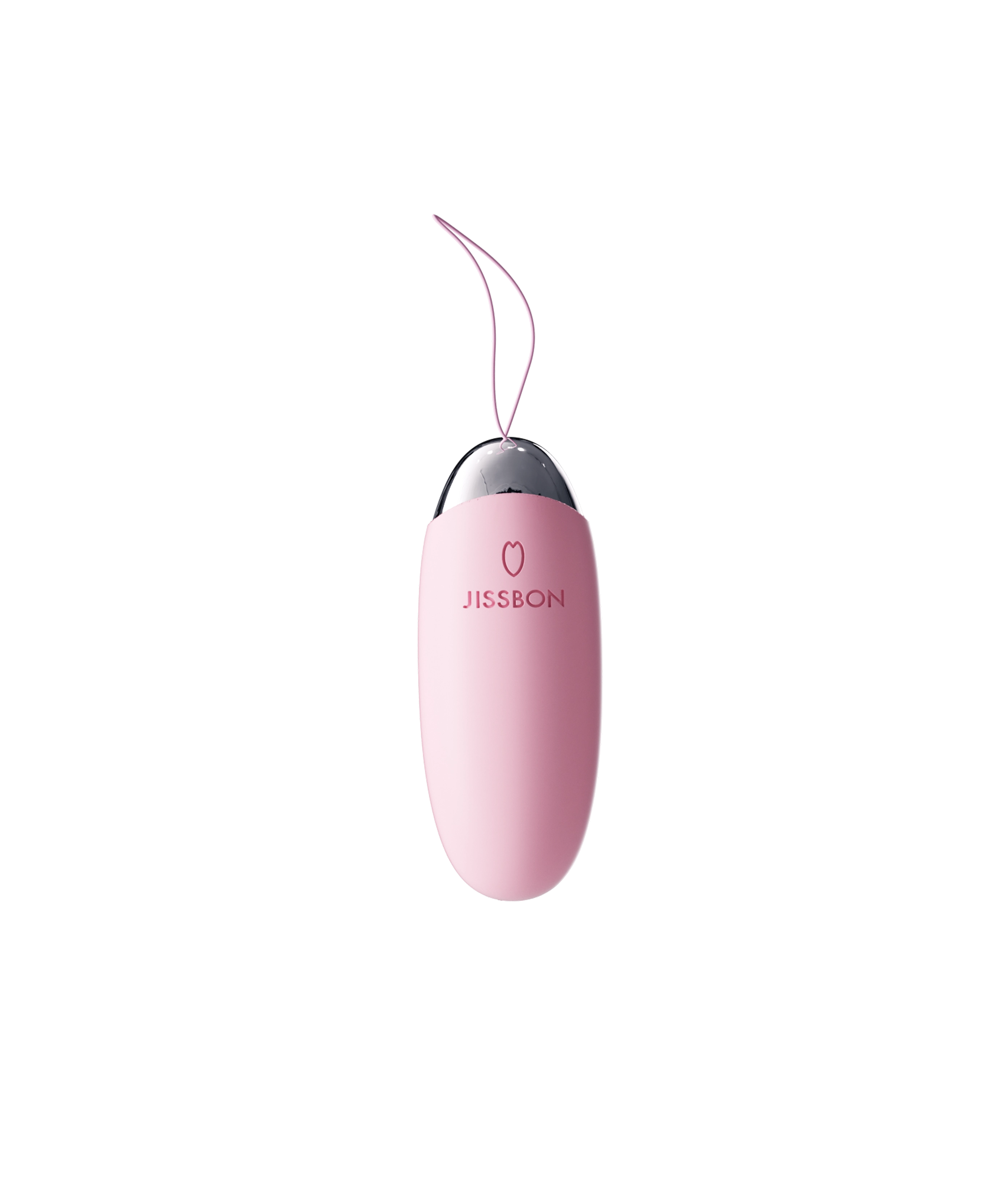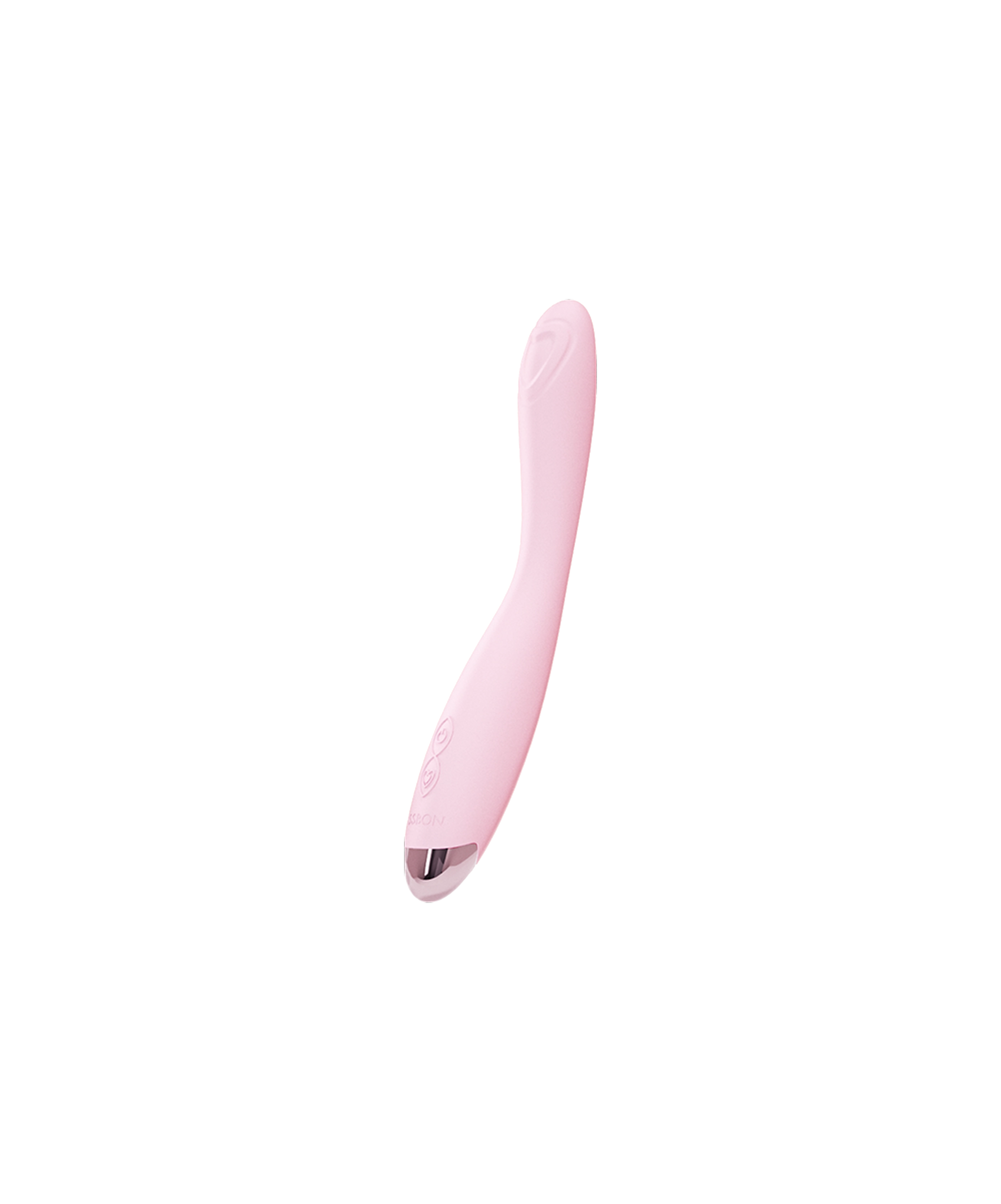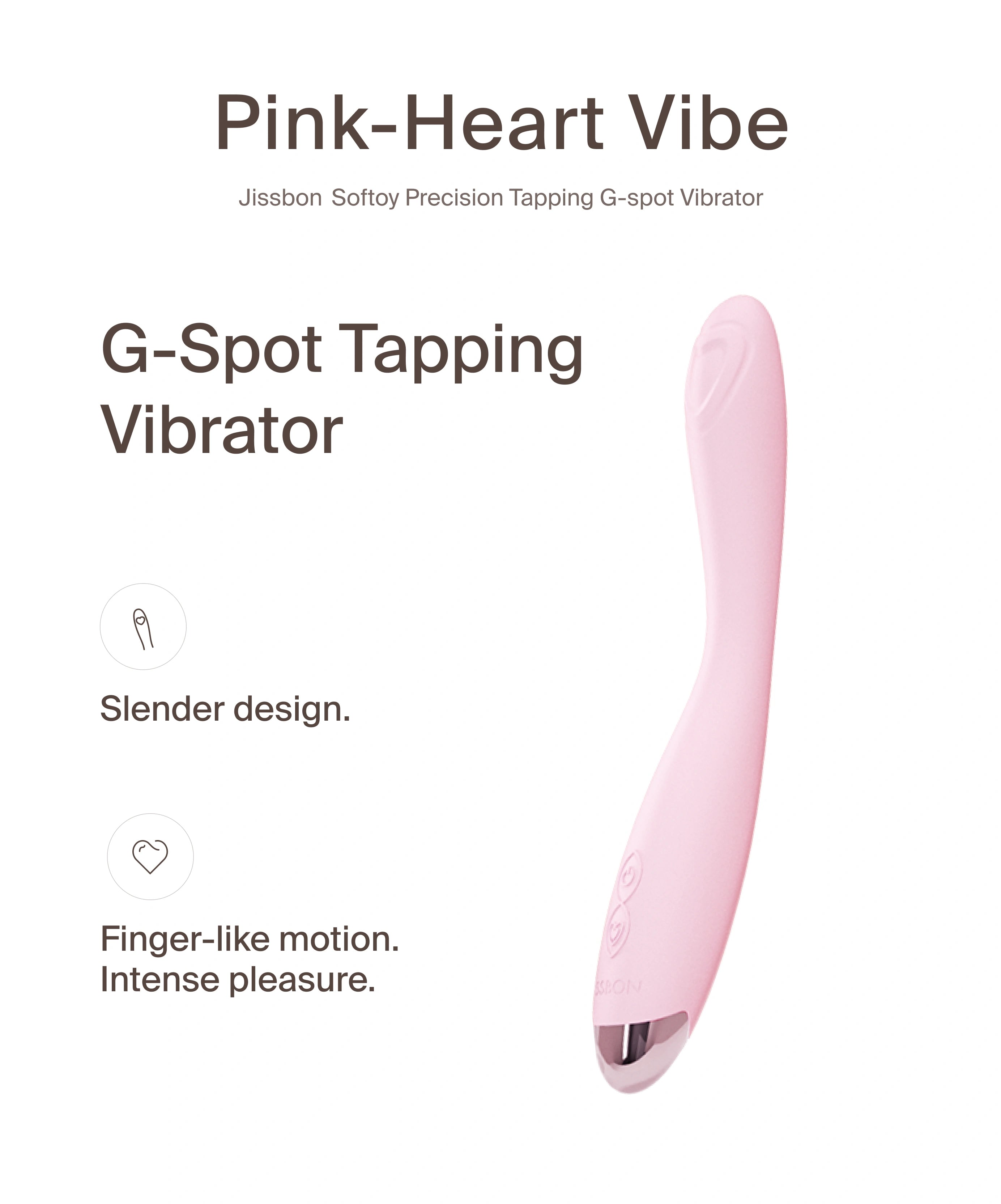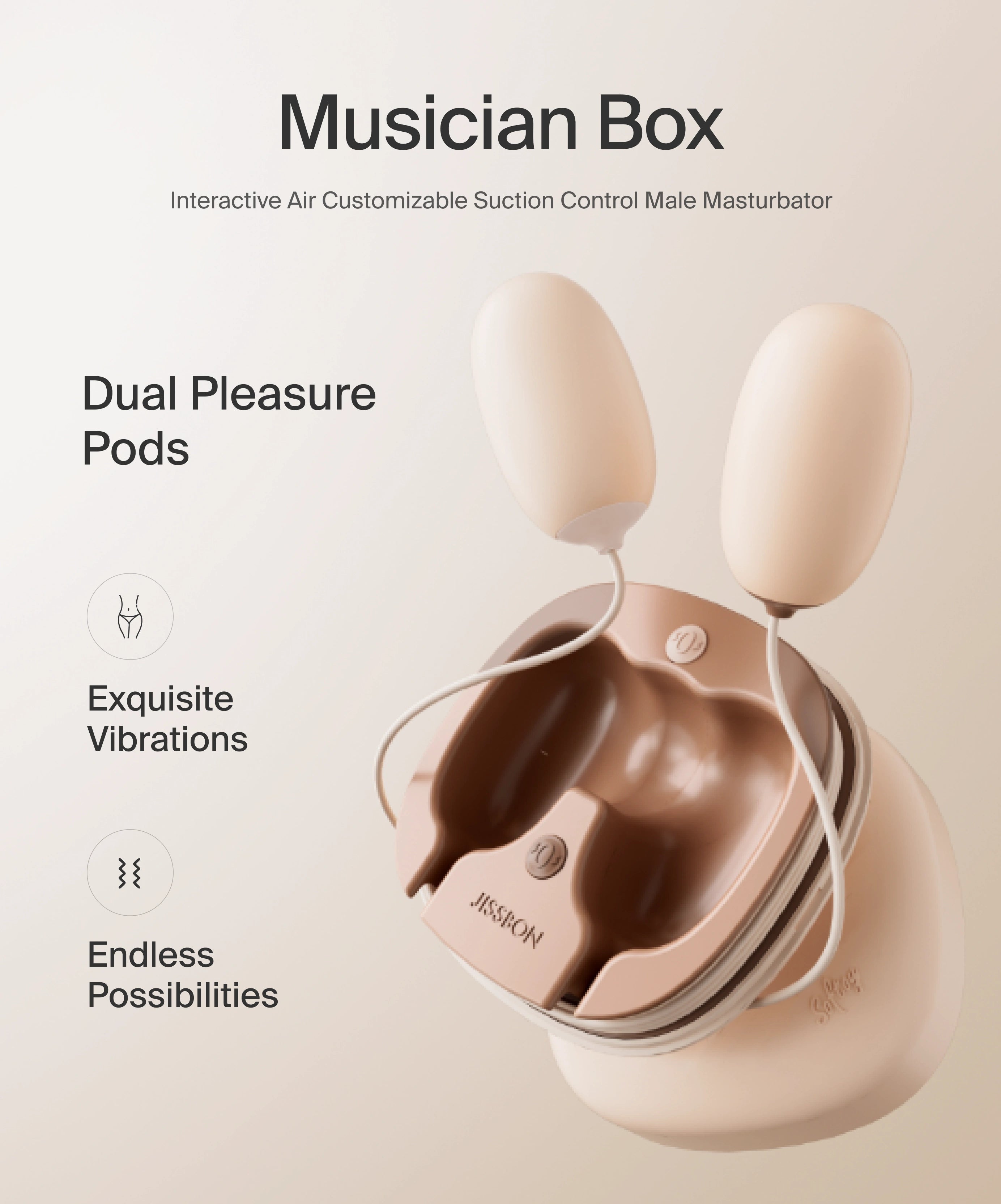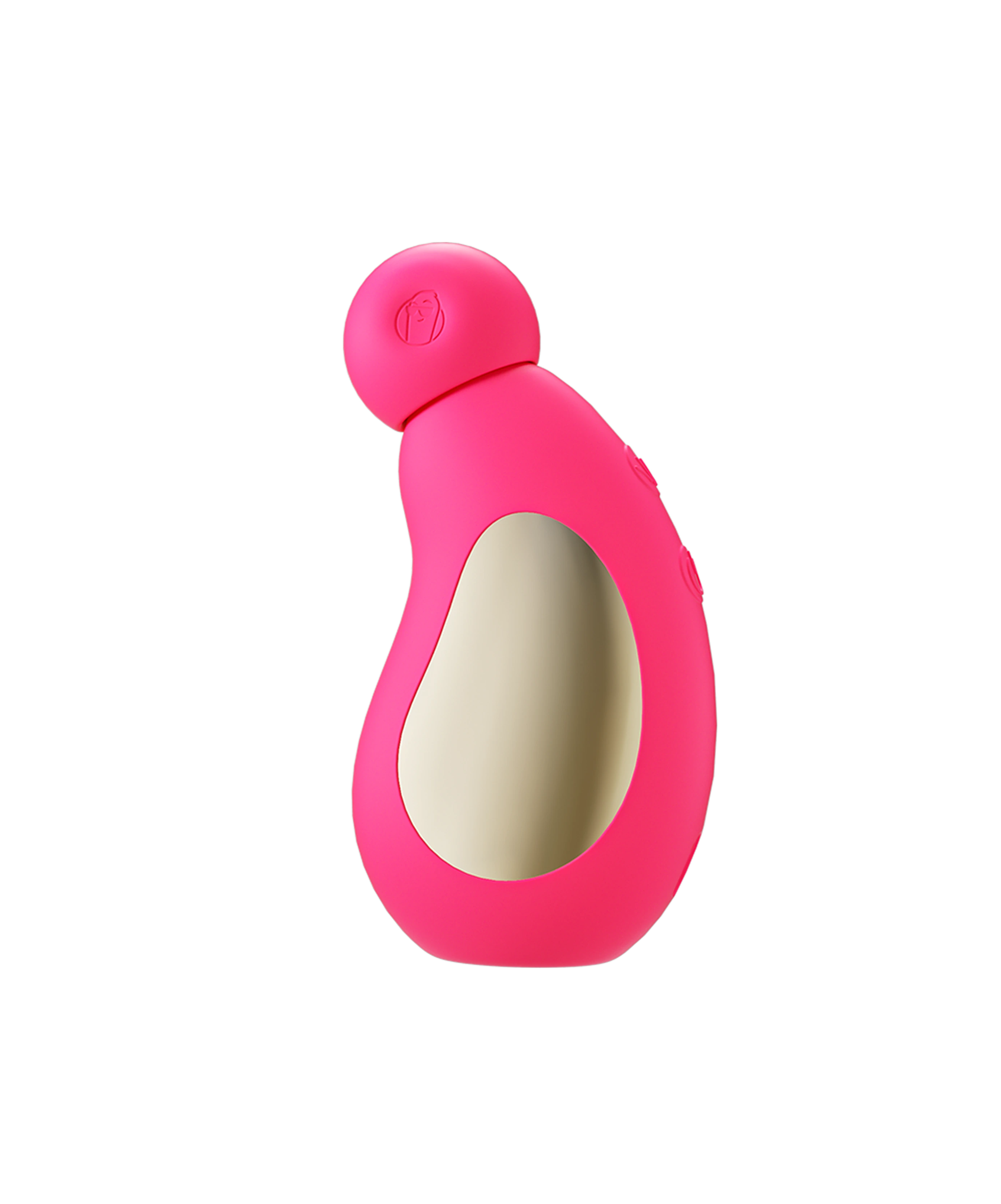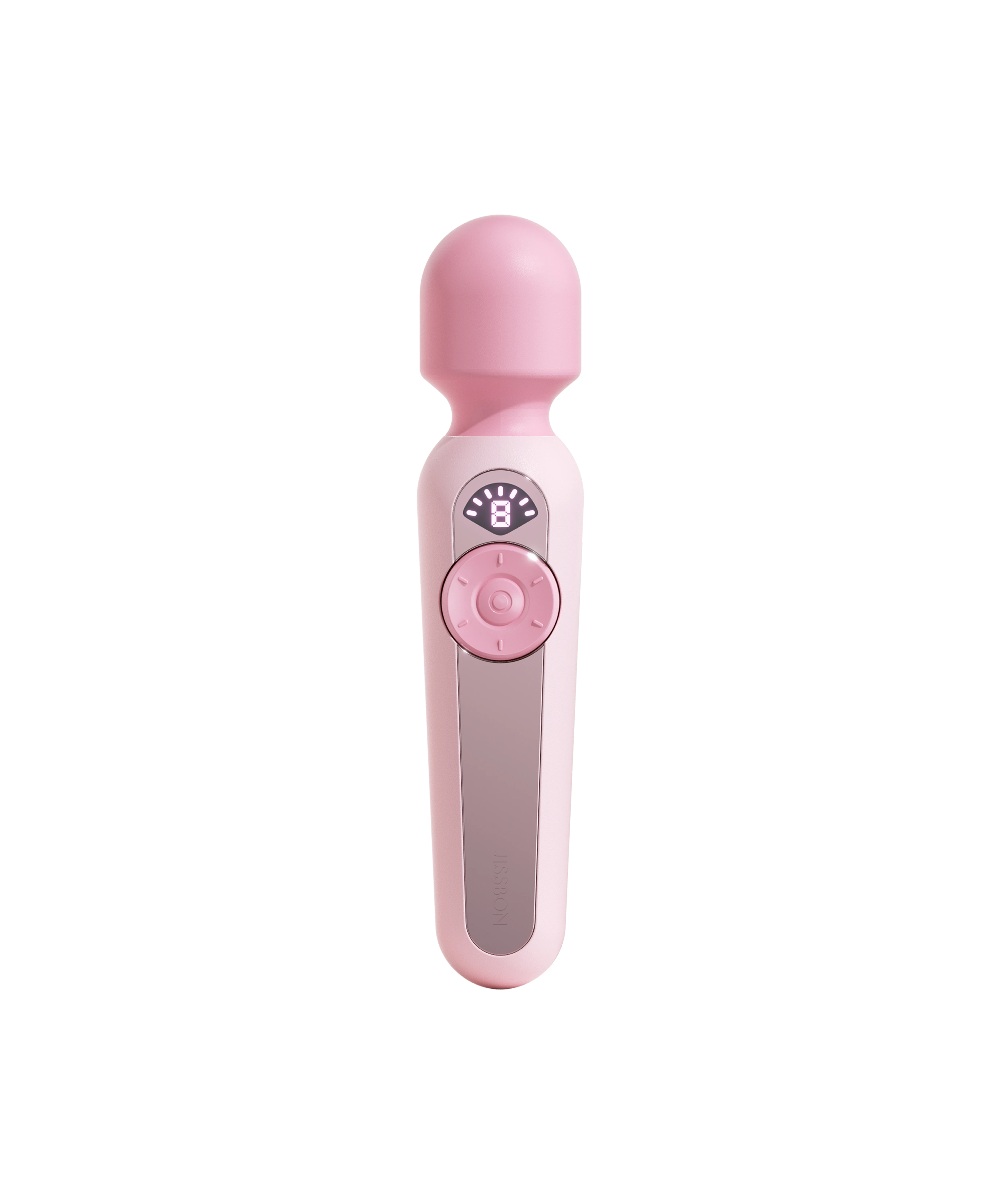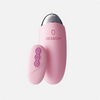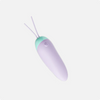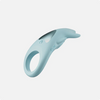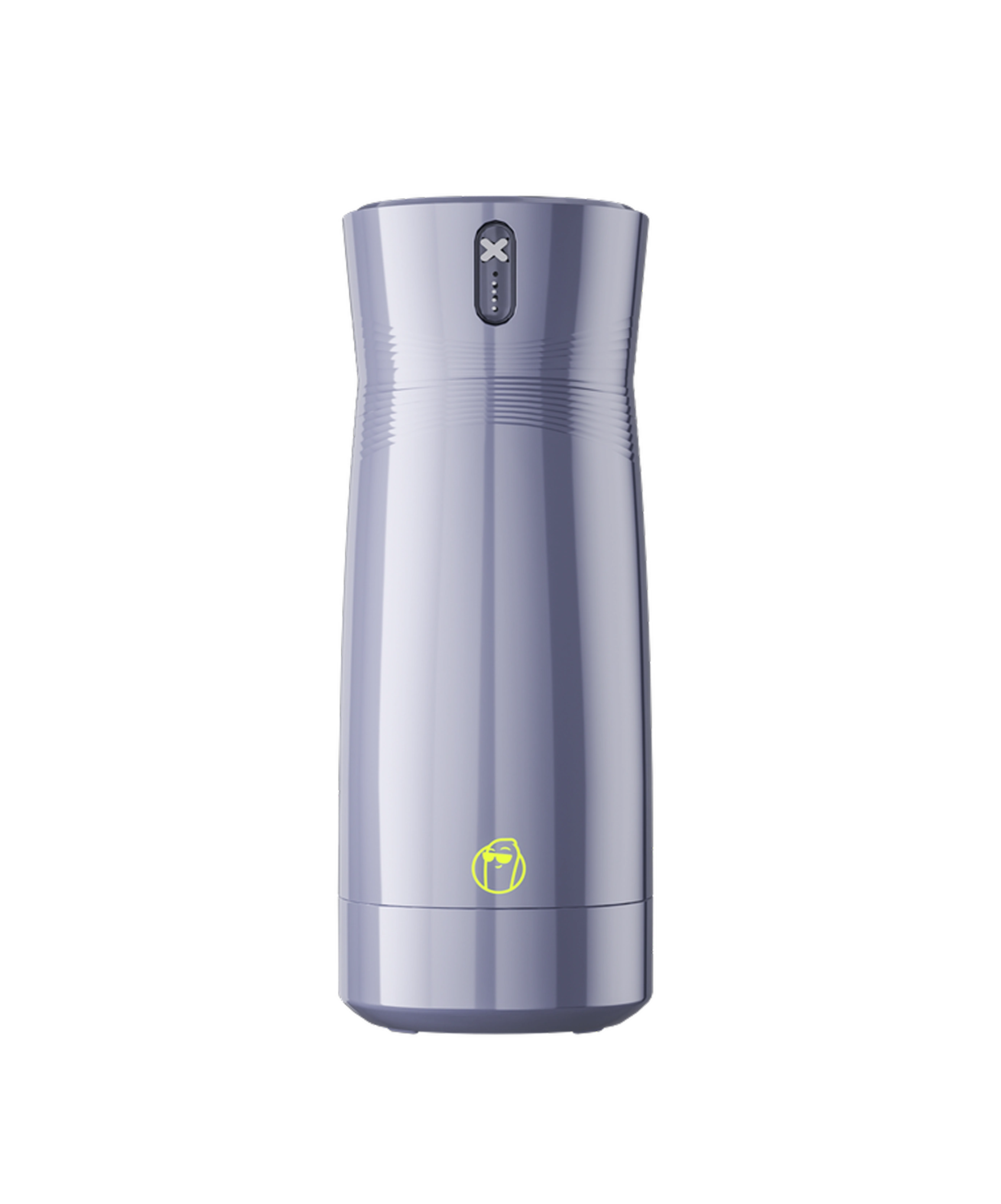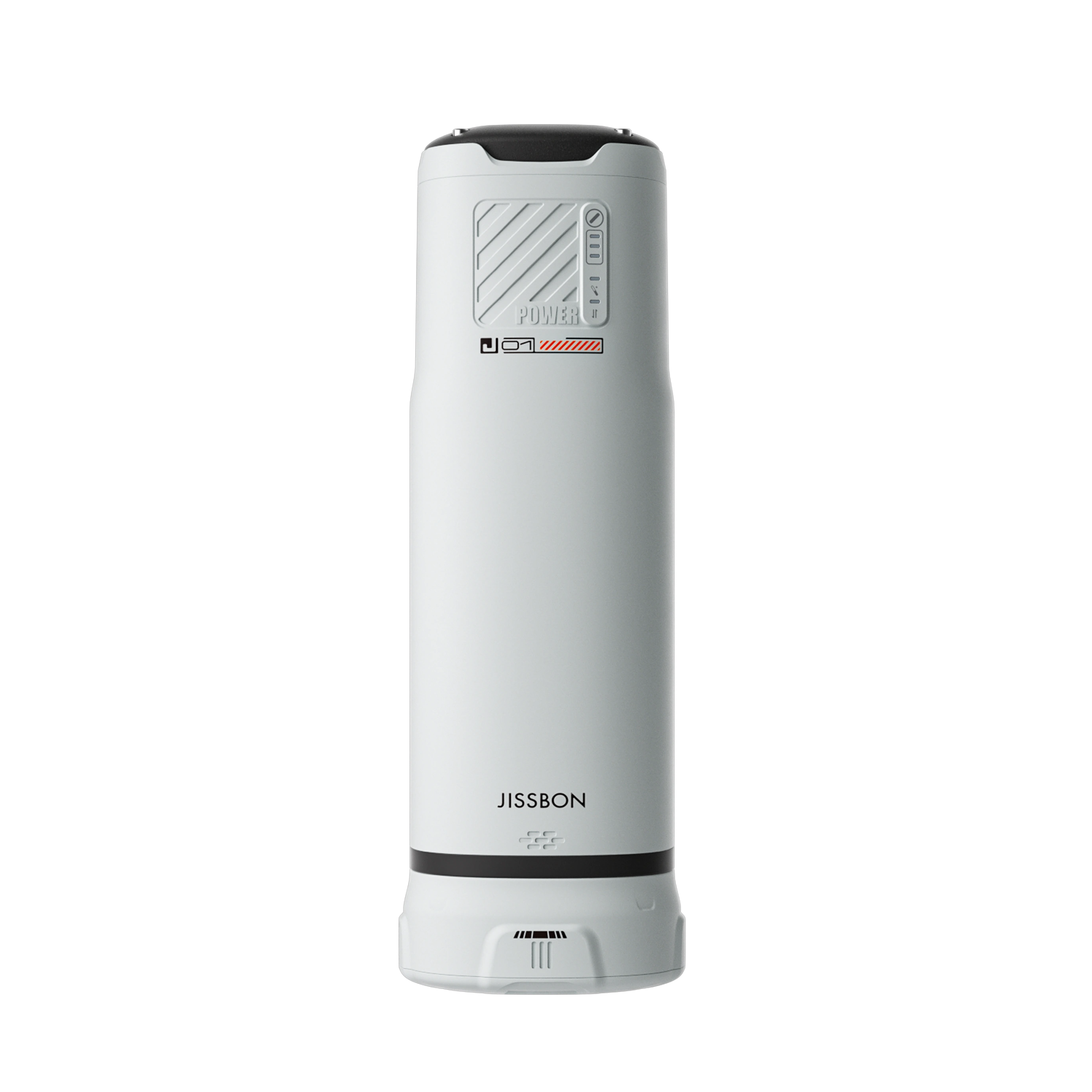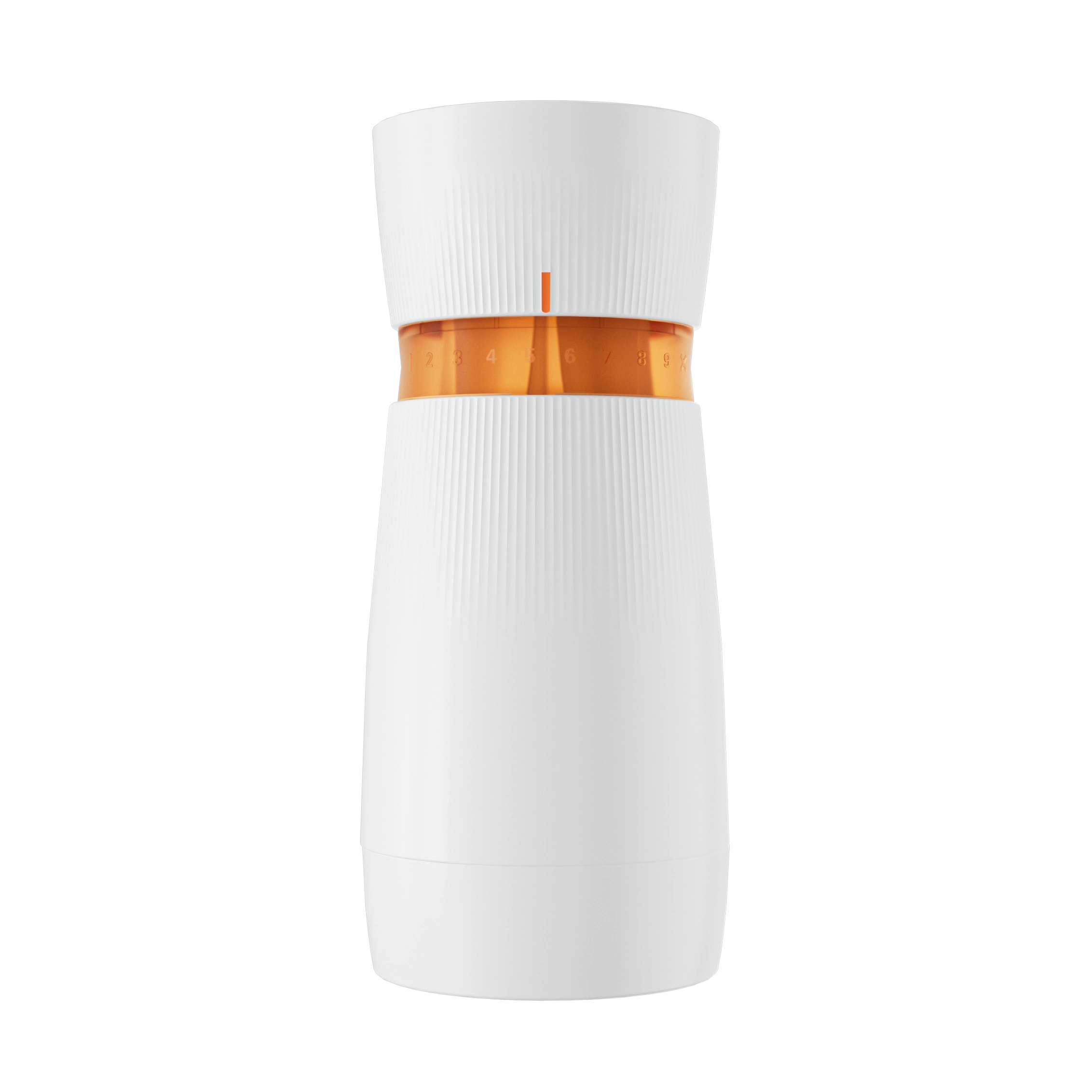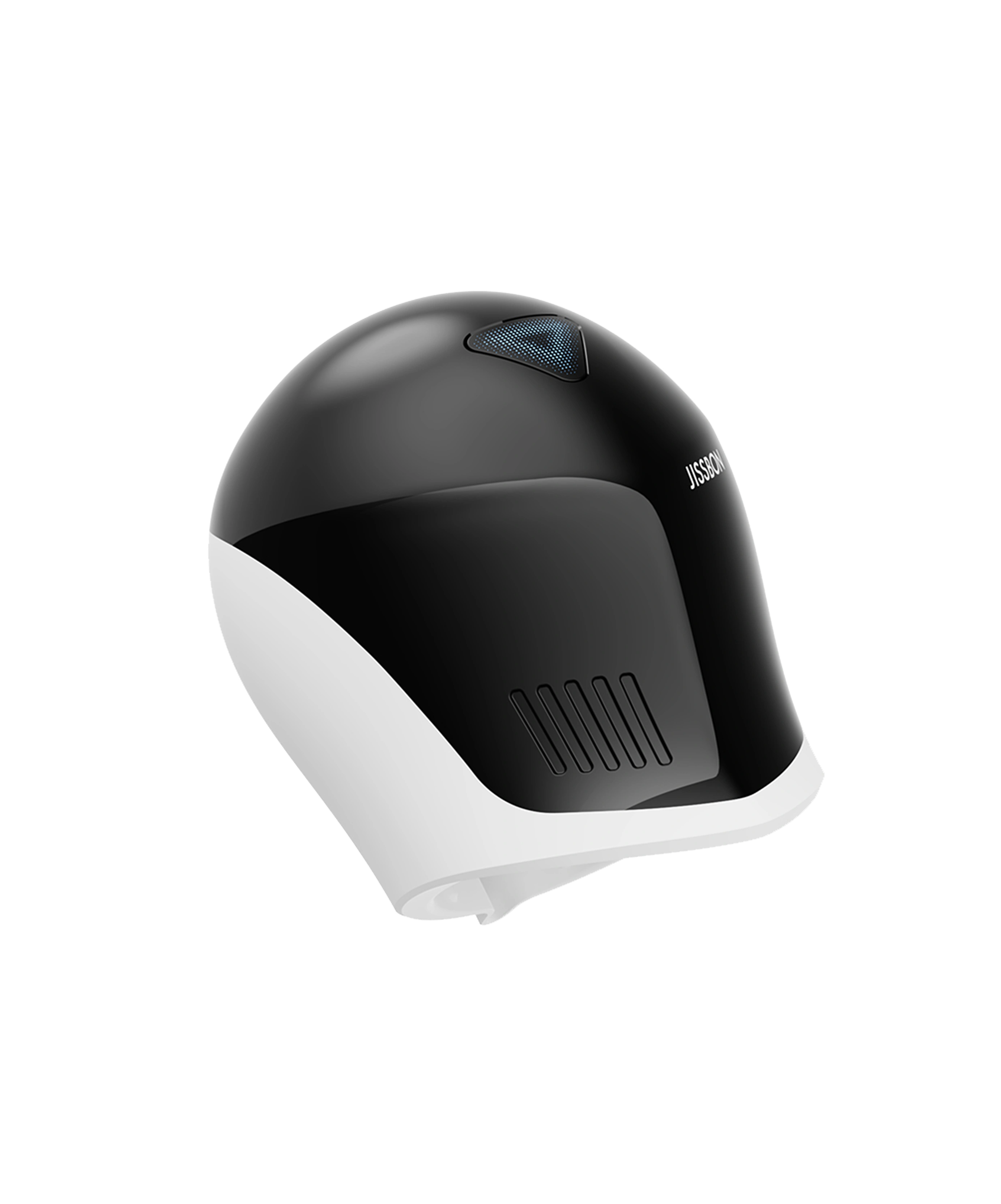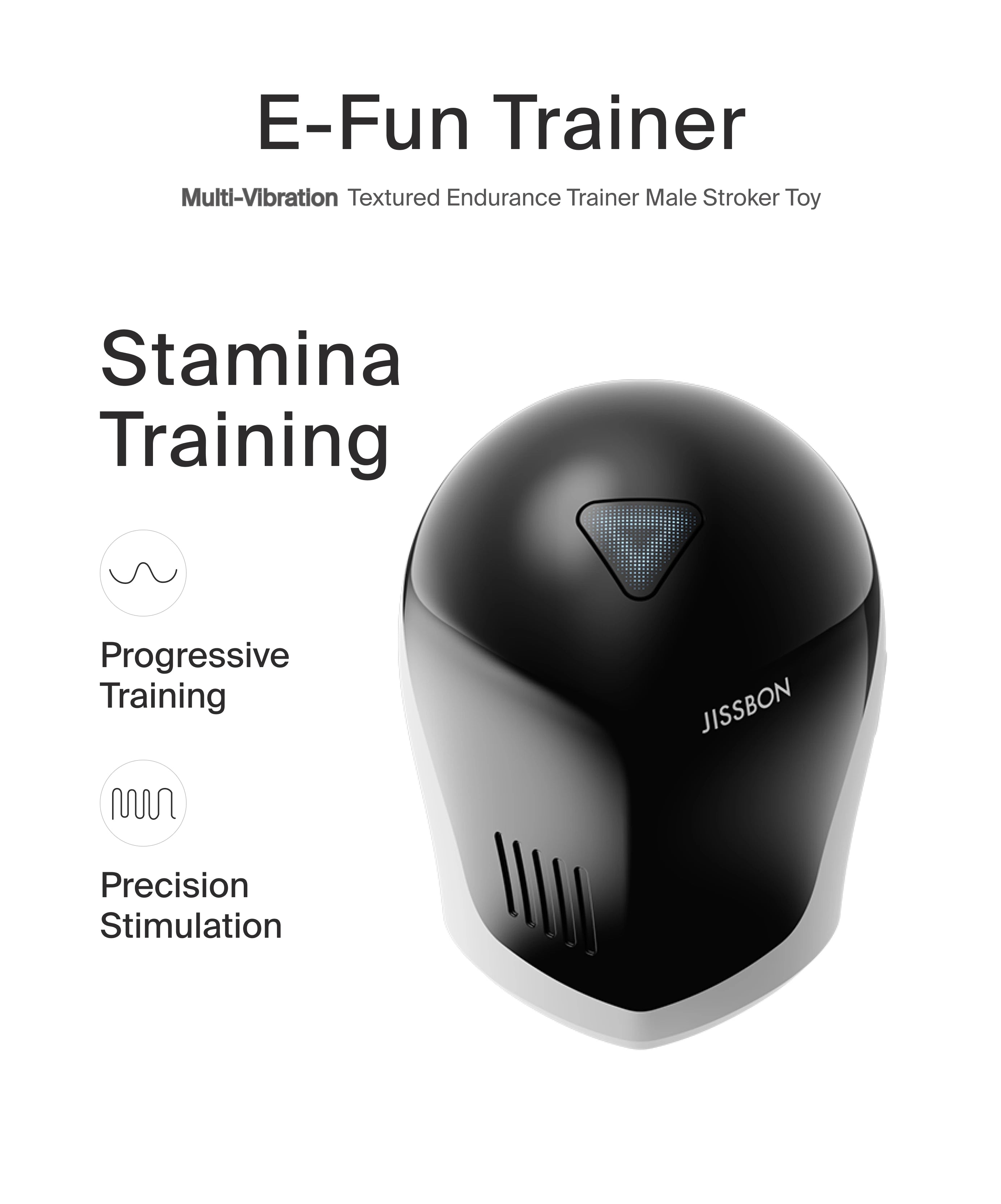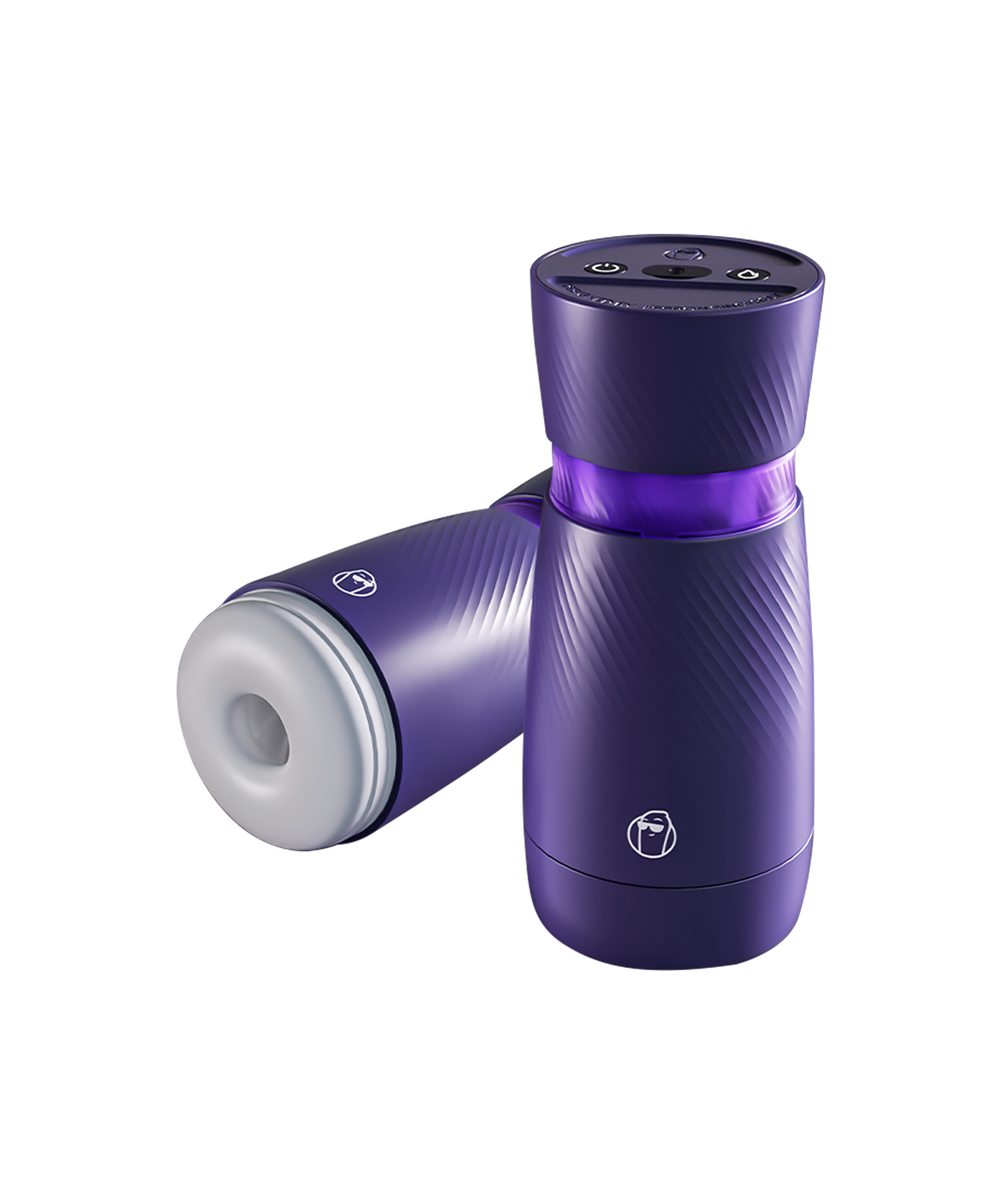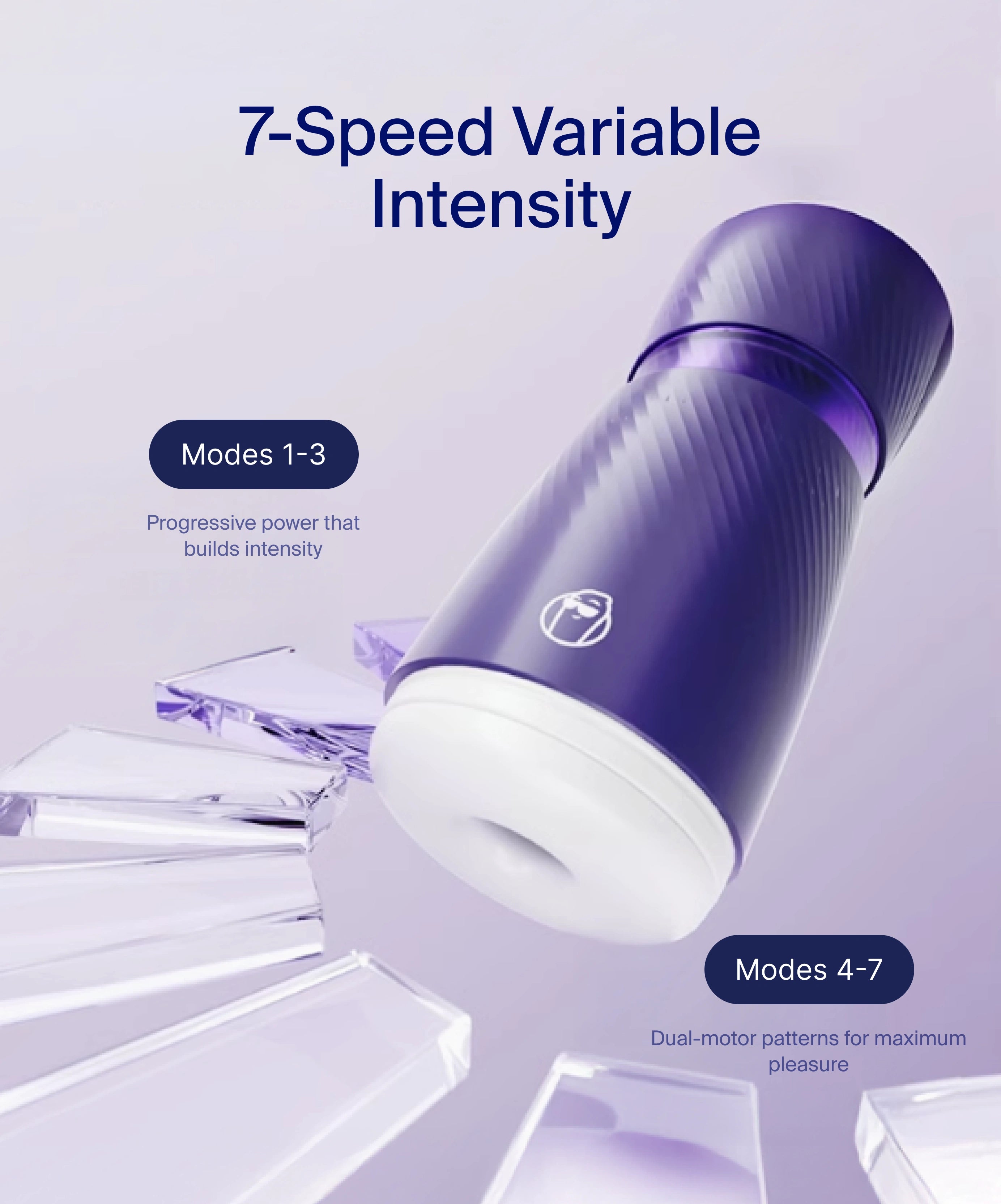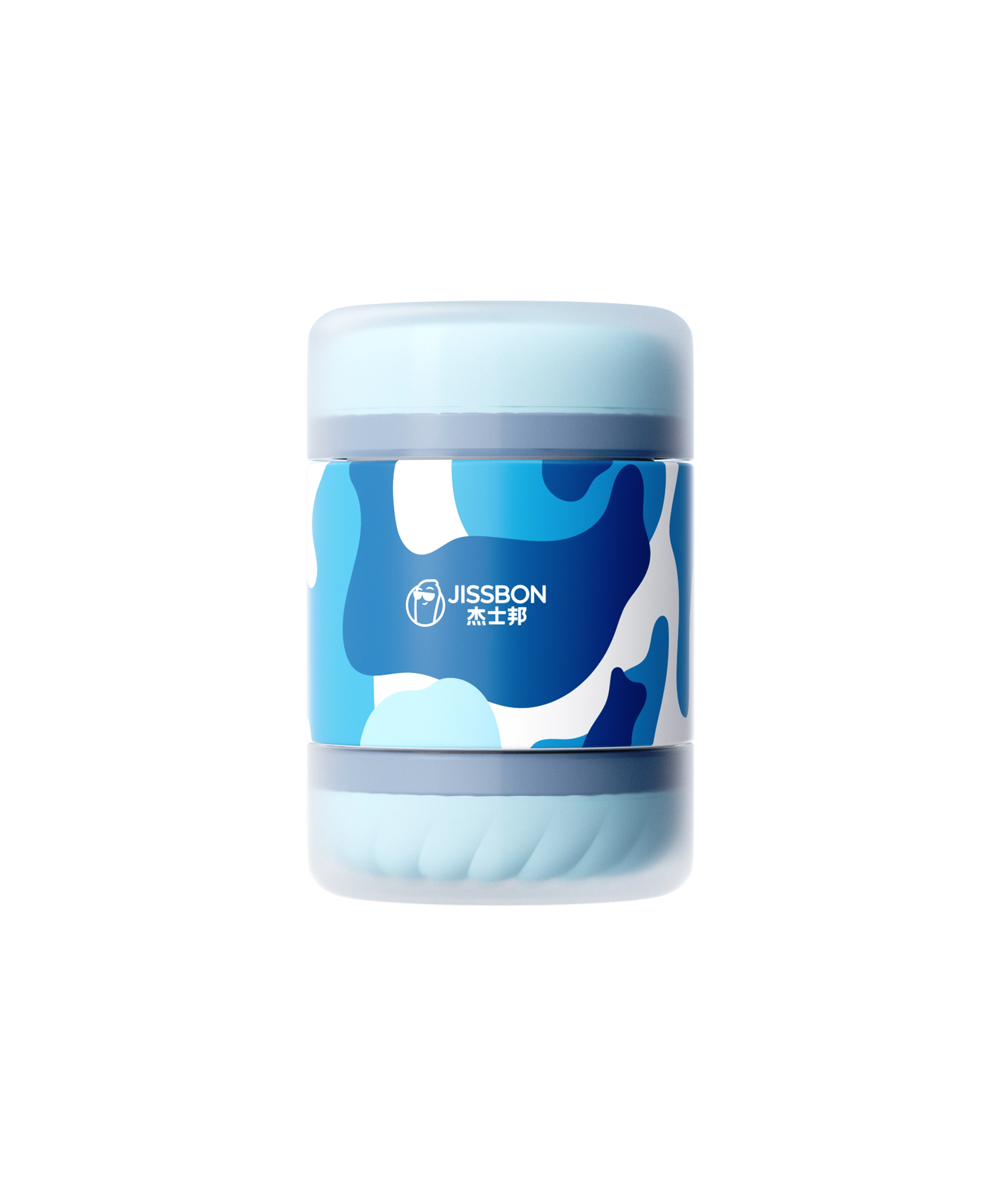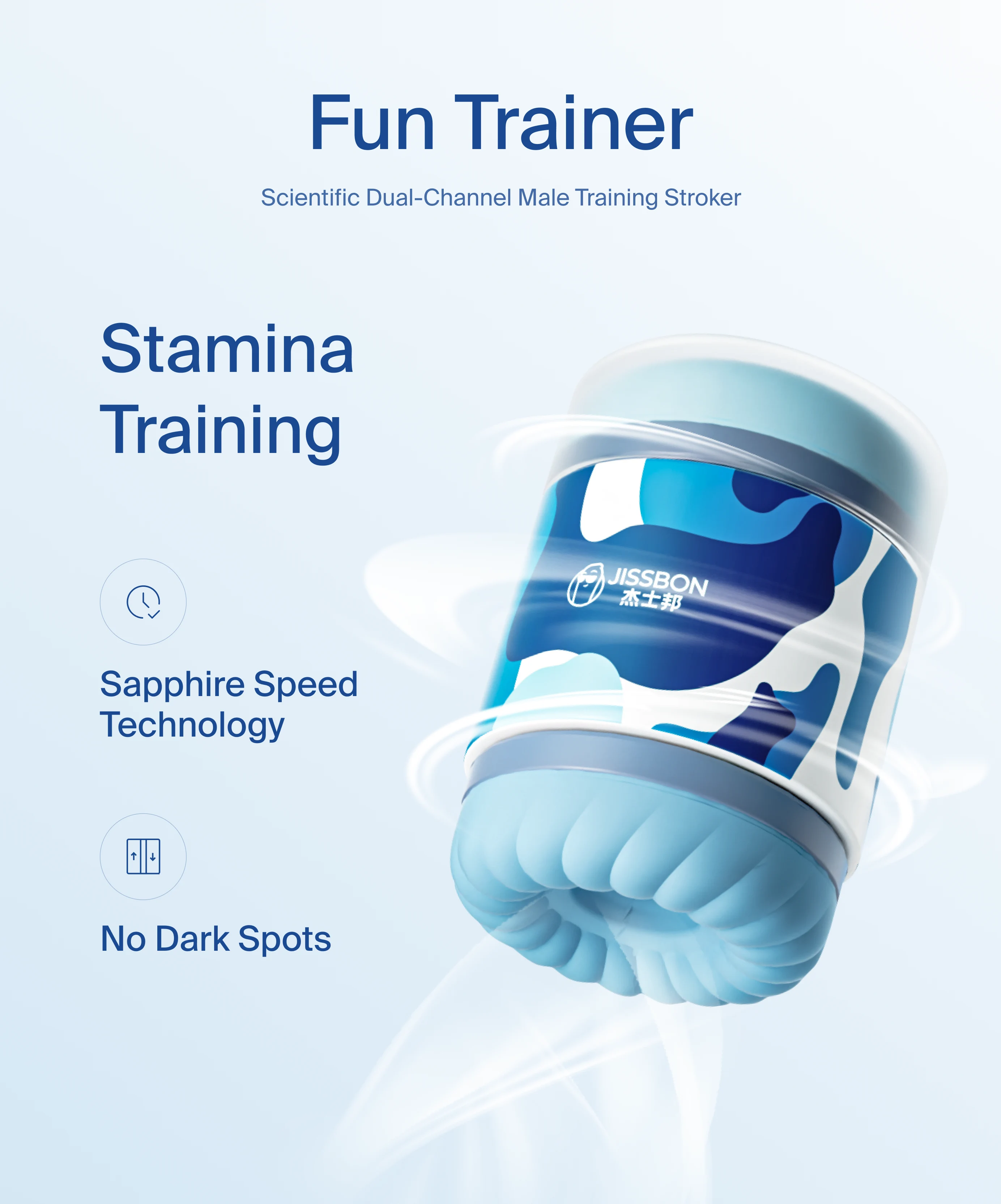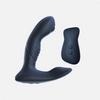Vibrators are meant to bring bliss—not broadcast it. If you’re wondering how to make a vibrator quiet, the good news is there are fast fixes you can try tonight and smarter shopping choices for the long term. This guide breaks down why vibrator noise happens, quick muffling tricks, safety do’s and don’ts, and how to pick a quiet vibrater (yes, even that spelling) for truly discreet pleasure.
Why vibrators make noise (and what that tells you)
Vibrator “buzz” mostly comes from the motor and the surfaces it touches:
- Motor type: Many toys use ERM motors (a spinning unbalanced weight) which tend to transmit more vibration—and noise—into whatever they touch. LRA motors move a mass linearly and can feel smoother and often quieter at the same output.
- Materials & build: Hard plastics amplify vibration; silicone helps dampen it. Tight assembly reduces rattles.
- Power level & battery: Higher settings = more mechanical vibration. Low batteries can strain motors and sound rougher; lower modes are typically quieter.
- What’s touching it: Bare toy humming on a nightstand is louder than one pressed into soft tissue, bedding, or a pillow—which absorbs high‑frequency noise.
Quick fixes you can try right now
Use these practical, low‑risk hacks to make a vibrator quieter without opening, modifying, or damaging it.
- Turn it on after it’s in place: Put the toy where you want it, then power up. Your body acts as a muffler, and you skip the free‑air “zzzz” while fumbling for modes.
- Lower the intensity/switch patterns: Higher intensities buzz louder. Many toys offer modes with similar pleasure at lower acoustic output—experiment to find a sweet spot.
- Add soft sound‑damping: A folded towel, pillow, or thick duvet over your hips (not over your face) reduces noise escaping the room. Grinding the toy against a pillow or mattress muffles the sound further.
- Mask it with ambient noise: A fan, bathroom vent, white‑noise app, rainfall playlist, or TV does a great job blending the toy’s frequency into background sound. Fans are especially good because their hum sits near the same frequency range as many motors.
- Use it in the shower (if it’s waterproof): Running water + tiled walls = instant mask. Double‑check your toy is waterproof (submersible), not just “water‑resistant,” before taking it under the spray.
- Lube for quieter skin contact: Lube reduces friction squeaks/taps where toy meets skin or hair. With silicone toys, stick to water‑based lube—silicone lube can degrade silicone surfaces over time.
- Room soundproofing in a minute: Shut doors, roll a towel at the door gap, pull curtains, and avoid placing the toy directly on hard furniture that can act like a soundboard. (Simple acoustics: soft, porous surfaces absorb; hard ones reflect.)
- Do a hallway test: When you’re alone, run your standard setup, close the door, then stand in the hall. Many users find it’s far quieter outside than it seems in the moment.
Longer‑term solutions if noise is a dealbreaker
Choose quieter tech on your next toy
- Rechargeable, silicone‑coated toys are typically quieter than older battery models and hard‑plastic shells.
- If specs are listed, LRAs (or “linear haptics”) tend to deliver smoother, more efficient vibration with less emitted noise than ERMs at similar feel. (It’s why phones moved to LRAs.)
- Shop by noise rating when brands publish it; ≈45 dB is a common “whisper‑quiet” benchmark for discreet toys.
Pick forms that muffle naturally
-
Bullets/eggs, wearables, and suction (air‑pulse) toys sit flush to the body, making them easier to hush than big wand heads. Expert roundups often recommend silicone, rechargeable designs for discretion.
Keep it maintained
-
Clean, inspect, and fully charge. Dirt at seams, loosening battery caps, or a tired battery can all add rattles. Some manufacturers suggest routine checks to keep operation as quiet as possible.
“How to make a vibrator in DIY?” → Please don’t.
If your search terms include “how to make a vibrator”, skip the DIY route. Home‑built devices can be unsafe (unvetted electronics, non‑body‑safe materials). Choose body‑safe, sealed toys instead—ideally medical‑grade silicone with documented safety and cleaning guidance. (If sharing toys, use condoms and clean thoroughly between partners.)
A quieter setup: simple, step‑by‑step
- Set the scene: Close door, towel the gap, play a fan/white‑noise track.
- Prep: Add water‑based lube to reduce squeaks and friction.
- Position first, then power on. Start at lower intensity.
- Muffle smartly: Use a pillow/duvet over hips or grind against a cushion or mattress.
- Optional: If your toy is waterproof, move to the shower for max masking.
Health & safety you asked about (because privacy isn’t everything)
Is a vibrator good for mental health?
Vibrators are linked with better sexual function, arousal, and satisfaction, which can support mood, stress relief, and sleep for many people. Clinical groups (ISSM) and large clinics (Cleveland Clinic) cite benefits for sexual wellness and stress reduction.
Is it normal to bleed after using a vibrater/vibrator?
Occasional light spotting can happen from friction, dryness, or cervical sensitivity. But recurrent, heavy, or painful bleeding should be checked by a clinician. (If you’re pregnant or post‑menopausal, any bleeding warrants a prompt medical call.) Use plenty of lube and go gently—especially with firm toys.
Extra nerdy: the motor difference (for the truly curious)
If you’re comparing spec sheets, ERM vs LRA matters. ERMs spin an off‑center weight (louder, less precise), while LRAs oscillate a mass along one axis (smoother, efficient, and can be quieter to the ear at similar feel). Industry notes and app papers back this: LRAs often use less current for the same acceleration and produce a more focused haptic signature.
The bottom line
- You can make a vibrator quieter—soft dampers + lower intensity + ambient noise do most of the heavy lifting.
- For a longer‑term fix, pick silicone, rechargeable designs with linear haptic motors if available, or compact bullets/wearables that sit flush to the body.
- Use water‑based lube to reduce friction noise and protect silicone toys.
- If you’re shopping now, browse Egg/Bullet Vibrators; for hush‑hush play, a tiny remote bullet like Invisible Pink keeps things discreet.
Enjoy your pleasure—quietly.
FAQs (People Also Ask)
How to make a vibration quieter?
Use soft dampers (pillow/towel), lower intensity, and mask with a fan or white noise. Position the toy first, then switch it on, and add water‑based lube to quiet skin contact.
Is a vibrator good for mental health?
It can help some people via stress relief, better arousal, and improved sexual function. Think of it as a wellness tool—not a cure‑all.
Is it normal to bleed after using a vibrator?
Light, one‑off spotting can occur from dryness or minor abrasions. Frequent or heavy bleeding isn’t typical—get checked. Add lube, slow down, and consider a smaller, smoother toy.
Which vibrators are the quietest?
Look for rechargeable, silicone‑coated toys (often quieter) and models advertising LRA/linear haptics or “whisper‑quiet” designs around ~45 dB. Media roundups of quiet vibrators echo these picks.
Does lube make a vibrator quieter?
Indirectly, less friction means fewer squeaks and taps where toy meets skin or hair. Use water‑based lube with silicone toys to avoid material damage.
Read more
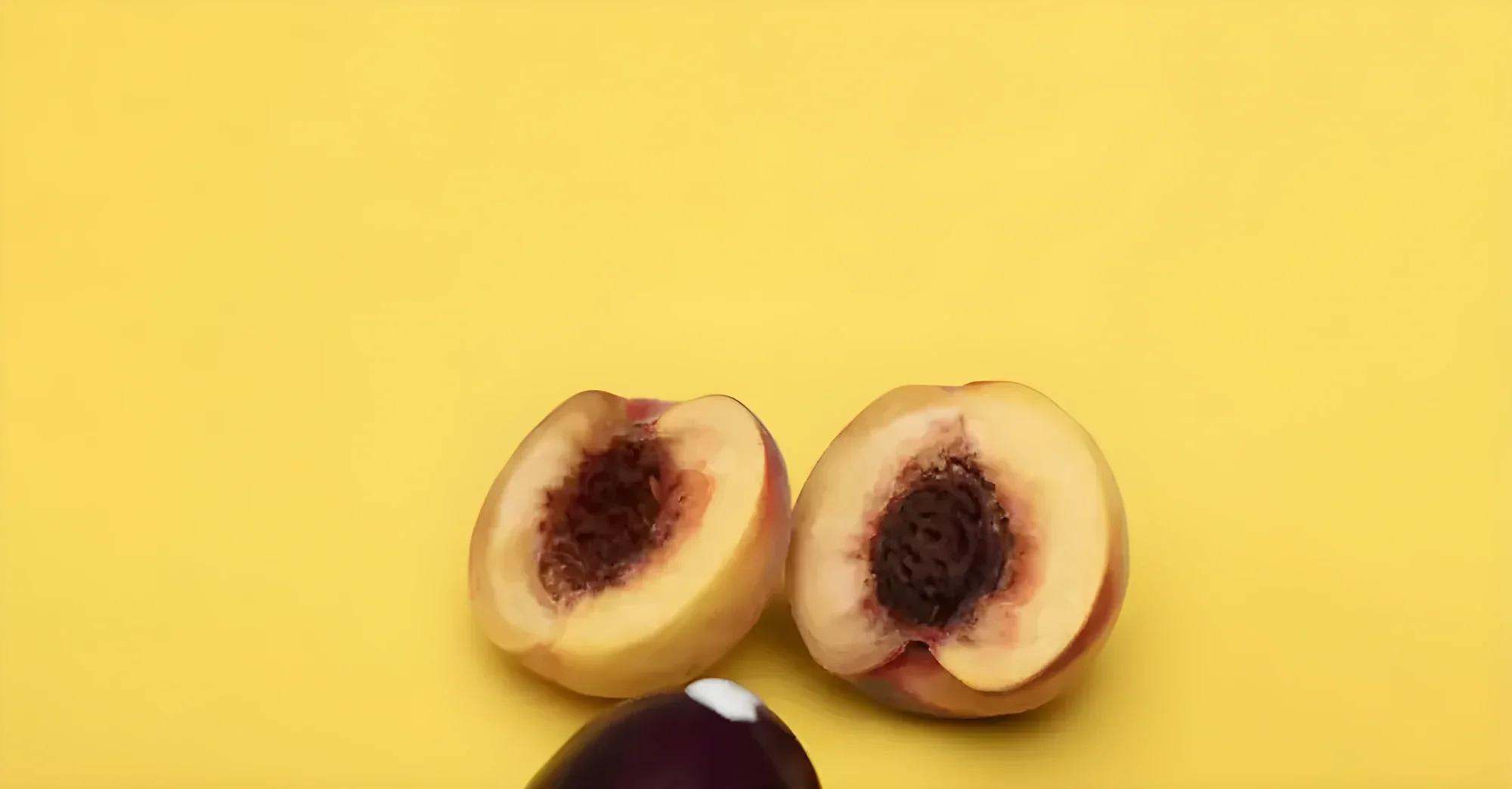
Curious about calories burned masturbating and whether it “counts” toward fitness? Here’s a clear, science‑based look at how many calories masturbation burns, how that compares to sex and everyday ...

Short answer: No—your clit can’t “fall off.” The clitoris is not a tiny, detachable button; it’s a complex erectile organ with internal roots (the crura and bulbs) anchored under the pelvic bone. O...
